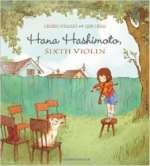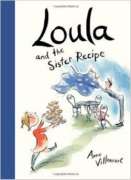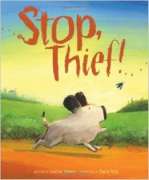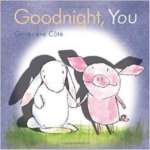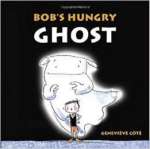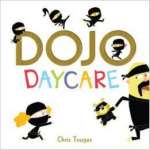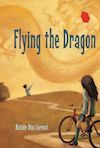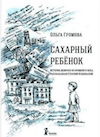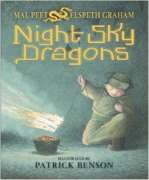
Yazul loves making kites with his grandfather, but all he truly desires is the approval of his father. Yazul’s father, lord of a han along the Silk Road, is a man made stern by loneliness, and Yazul’s love of kite-making only seems to elicit disappointment. “Travel and trade are what matters,” his father says. But when the han is attacked by bandits, Yazul has an idea.

